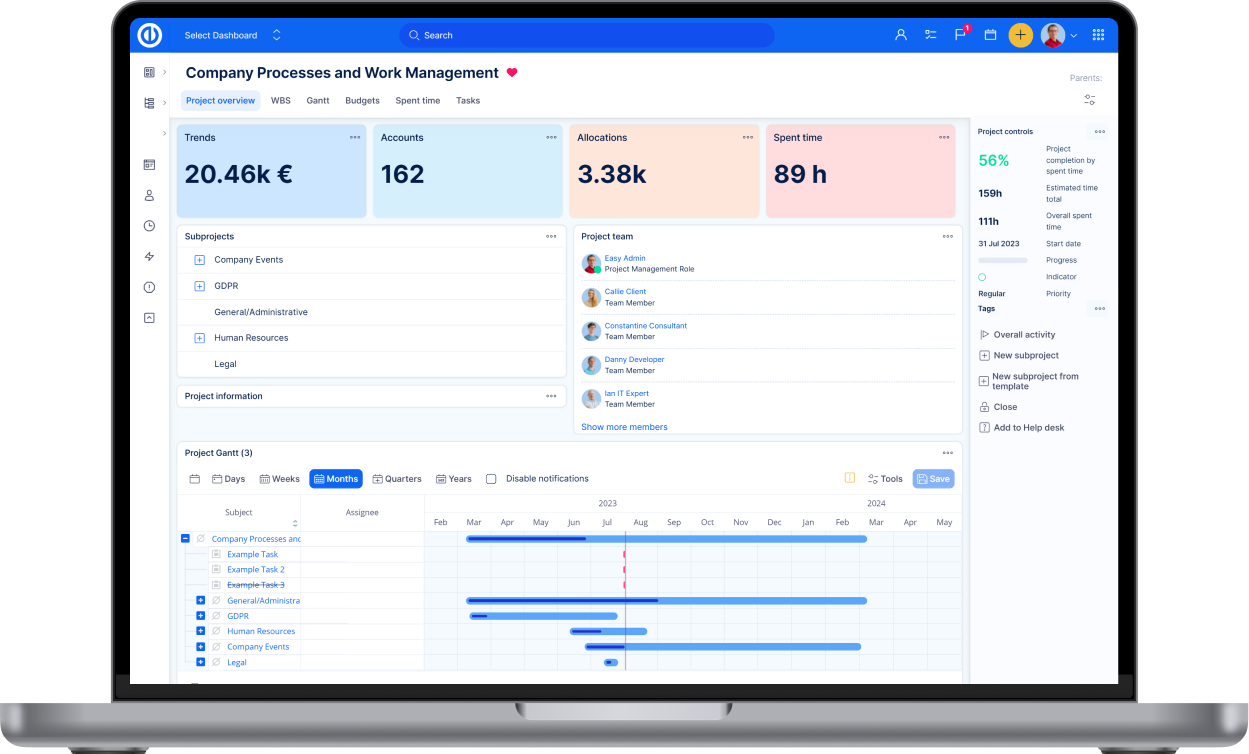How do I import data into Redmine?
To import issues from a CSV file in Redmine:
- In the Issues tab, there is an "Import" link on the right side. Click this to access the issue import functionality.
- You can import any CSV-type file. The first line of the CSV must contain the column names that will be mapped to the various Redmine issue fields.
- When mapping the CSV columns to Redmine issue fields, you can freely assign them. Some key things to note: For the "Parent Issue" field, you can use the issue ID (e.g. "#23") or the index of the issue in the import (e.g. "10"). To import existing issue statuses (not just "New"), you need to configure the workflow in the Administration area first. The "Assignee" field should contain the Redmine username. Redmine can automatically create new Categories and Versions as needed during import.
- The import assistant will guide you through selecting the field separator, field wrapper, encoding, and date format for the CSV file.
- After mapping the CSV columns, you can proceed with the import.
For larger imports of 500+ entries, it's recommended to use the "Import in background" option rather than the regular "Import" button.
If you need to import data from other sources like databases or other project management tools, there are also third-party plugins available that can help with that process.
The key is to ensure the source data is properly formatted and mapped to the corresponding Redmine fields during the import. With the built-in importer and available plugins, Redmine provides flexible options to migrate data from various systems.
Related content
Can I migrate my data from Redmine?
How does the Easy Redmine importer handle data from different applications?
Does Easy Redmine have integrations?
